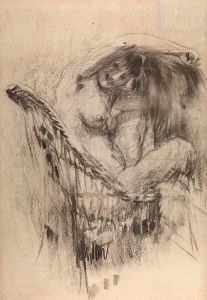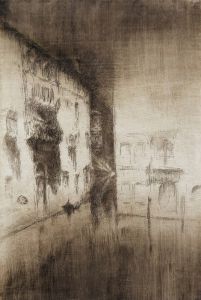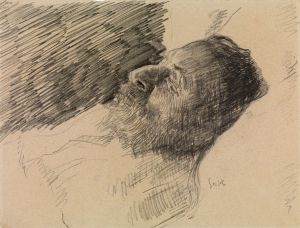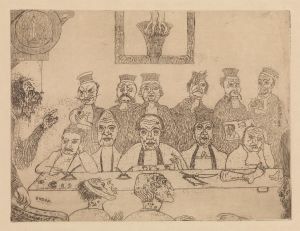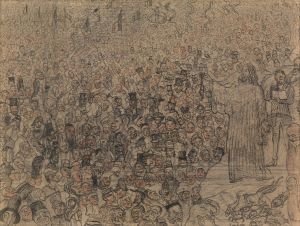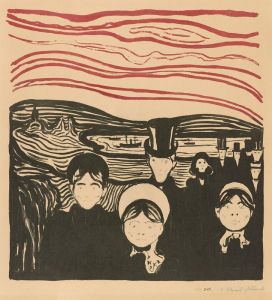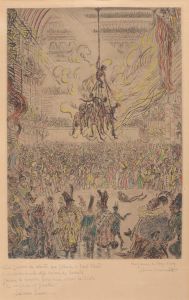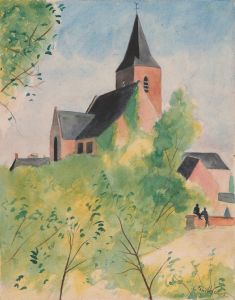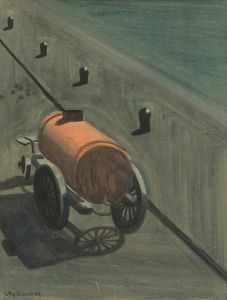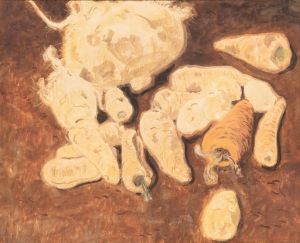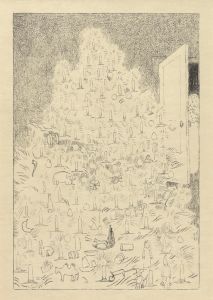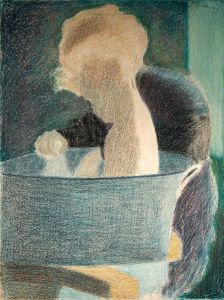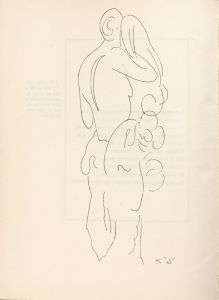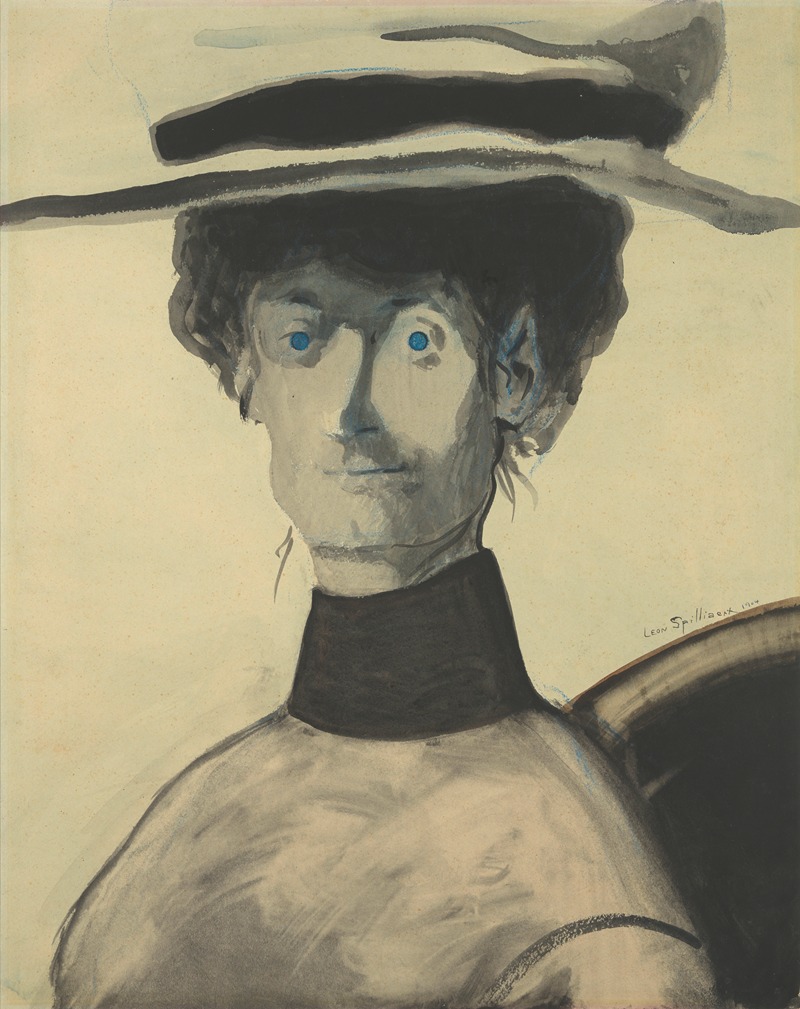
Vrouw met roze hoed
A hand-painted replica of Léon Spilliaert’s masterpiece Vrouw met roze hoed, meticulously crafted by professional artists to capture the true essence of the original. Each piece is created with museum-quality canvas and rare mineral pigments, carefully painted by experienced artists with delicate brushstrokes and rich, layered colors to perfectly recreate the texture of the original artwork. Unlike machine-printed reproductions, this hand-painted version brings the painting to life, infused with the artist’s emotions and skill in every stroke. Whether for personal collection or home decoration, it instantly elevates the artistic atmosphere of any space.
Léon Spilliaert, a Belgian symbolist painter, is known for his unique and introspective works that often explore themes of solitude and existential reflection. One of his notable paintings is "Vrouw met roze hoed" (Woman with Pink Hat), which exemplifies his distinctive style and thematic focus.
Léon Spilliaert was born in Ostend, Belgium, in 1881. He was largely self-taught, although he briefly attended the Academy of Fine Arts in Bruges. Spilliaert's work is often associated with symbolism and expressionism, and he is known for his use of stark contrasts, muted colors, and a sense of introspection and melancholy. His paintings frequently depict solitary figures and desolate landscapes, reflecting his own introspective nature and existential concerns.
"Vrouw met roze hoed" is a striking example of Spilliaert's ability to convey mood and emotion through minimalistic yet powerful imagery. The painting features a woman wearing a pink hat, a subject that Spilliaert revisited in various forms throughout his career. The use of a pink hat adds a touch of color and contrast to the otherwise subdued palette, drawing attention to the figure's face and expression.
Spilliaert's technique often involved the use of watercolor, gouache, and ink, which allowed him to create works with a sense of fluidity and depth. In "Vrouw met roze hoed," the delicate application of these mediums contributes to the ethereal and dreamlike quality of the painting. The woman's face is rendered with a soft, almost ghostly presence, emphasizing her introspective gaze and the contemplative mood of the piece.
The composition of "Vrouw met roze hoed" is simple yet effective, with the woman's figure occupying the majority of the canvas. Spilliaert's use of negative space and the subtle interplay of light and shadow create a sense of depth and focus, drawing the viewer's attention to the woman's expression and the enigmatic nature of her presence. The painting's simplicity belies its emotional complexity, inviting viewers to ponder the thoughts and emotions of the solitary figure.
Spilliaert's work, including "Vrouw met roze hoed," reflects his interest in the human psyche and the exploration of inner worlds. His paintings often convey a sense of isolation and introspection, capturing moments of quiet reflection and existential contemplation. This focus on the inner life of his subjects aligns with the broader themes of symbolism, which sought to express the unseen and the emotional through art.
Throughout his career, Spilliaert remained somewhat on the periphery of the mainstream art world, yet his work has gained recognition for its unique vision and emotional depth. "Vrouw met roze hoed" is a testament to Spilliaert's ability to convey complex emotions through simple yet evocative imagery, and it continues to resonate with audiences today.
In summary, Léon Spilliaert's "Vrouw met roze hoed" is a compelling example of his symbolic and introspective style. Through his use of color, composition, and technique, Spilliaert creates a work that invites contemplation and reflection, capturing the essence of his artistic vision and the themes that define his oeuvre.





